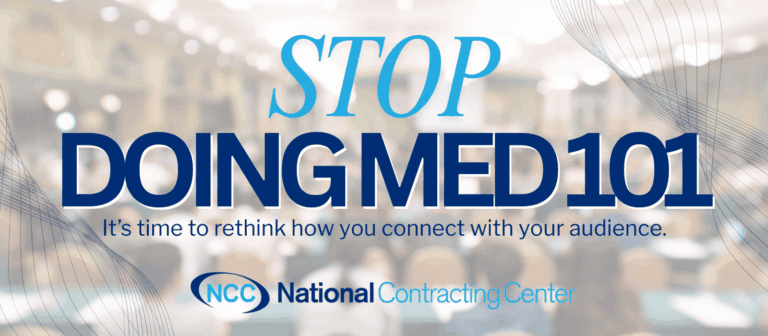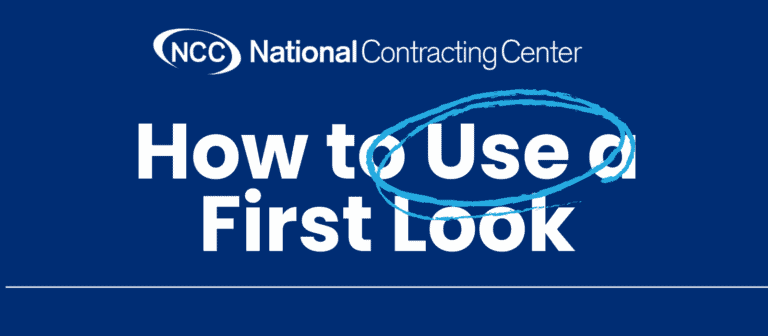I can’t tell you how many superhero movies I’ve seen in the last several years. Hollywood delights in recreating our childhood favorites on the big screen over and over. It seems they are on to something too, given that the Marvel franchise movies earned over 21 billion dollars since 2012.*
As children, we grew up hearing stories of superheroes- stories that we now remember as adults. The film industry is banking that people will spend money to see their favorite characters from their childhood come to life again and again-and they are right, because people remember how a story made them feel.
I myself remember watching Superman with my dad when it was a TV series. I even remember the color of the chair we used to sit in together, and the design on the bowl we used for popcorn. Nowadays I’m one of the first people in line with my kids each time one of these superhero remakes is released because I want to give them that same childhood experience.
So what does this have to do with sales?
If you go to a potential client’s home to talk to them about insurance, you will sell more policies if you use storytelling as a sales technique.
A well-crafted sales story won’t just convince your client(s) to buy, it will create a feeling of trust, and build a long-term sales relationship that will lead to more referrals, more repeat business, and of course, more sales. Research shows that the brain is wired to remember stories over statistics.

In order to create your own sales story, here are 3 components of an effective storytelling strategy.
1.) It’s personal
The best stories come from experience. Think about it. If you tell a friend you heard something from your cousin’s-daughter-in-law’s-sister, it doesn’t quite have the same effect as telling them what YOU learned from a similar experience, does it? When you make a story personal, you give your audience a sense of credibility.
2.) It’s relevant
There are two types of stories you should use in sales, and one is your icebreaker. When you first meet with a client, you can immediately make him or her feel more comfortable by telling them a short, (emphasis on short), preferably humorous story about yourself to put your client at ease and set the tone for your conversation.
The second story you should tell requires more thought. This story should tie into your product, setting the foundation for why your client needs to know about it, and how it can benefit him or her. This story should include your own experience in either having or selling the product in question.
3.) It’s Interesting
The best public speakers have a way of making the audience laugh or cry, or both-while still inspiring them to a call-to-action. Likewise, if your selling story pulls on the clients heartstrings it will be more effective. Remember though, your client might have a busy schedule, so make sure you keep time constraints in mind with your story’s length.
When you follow the steps above, and make sure you share a personal experience, you are much more likely to engage your clients, and be remembered by your clients. Storytelling is one of the most effective but underutilized sales techniques.
“Tell me a fact and I’ll learn. Tell me a truth and I’ll believe.
But tell me a story, and it will live in my heart forever.”
Native American proverb






